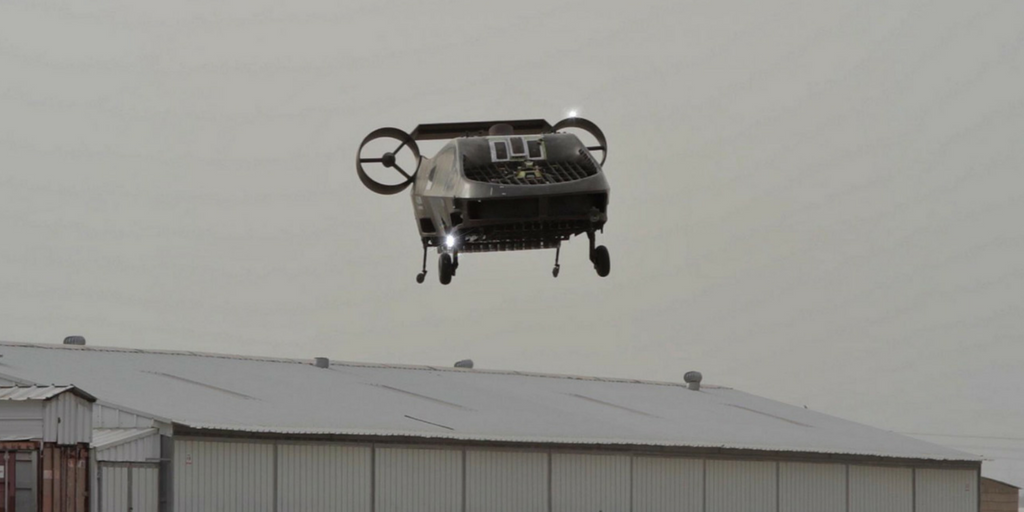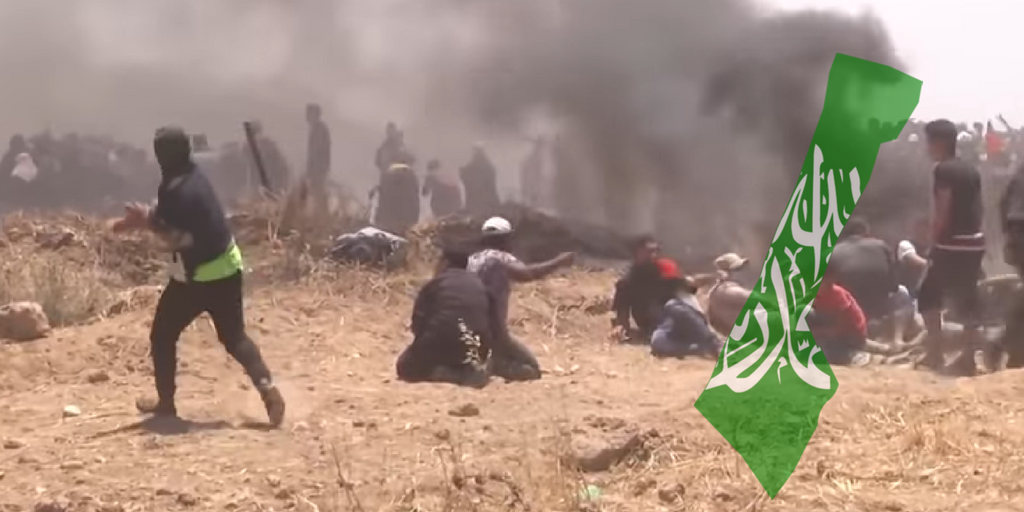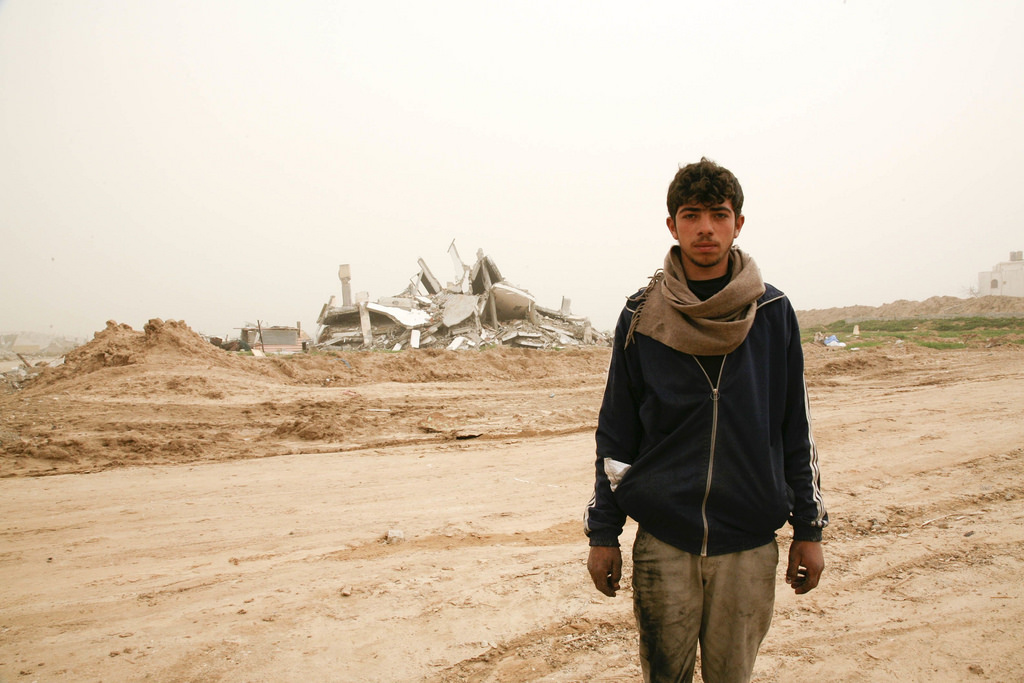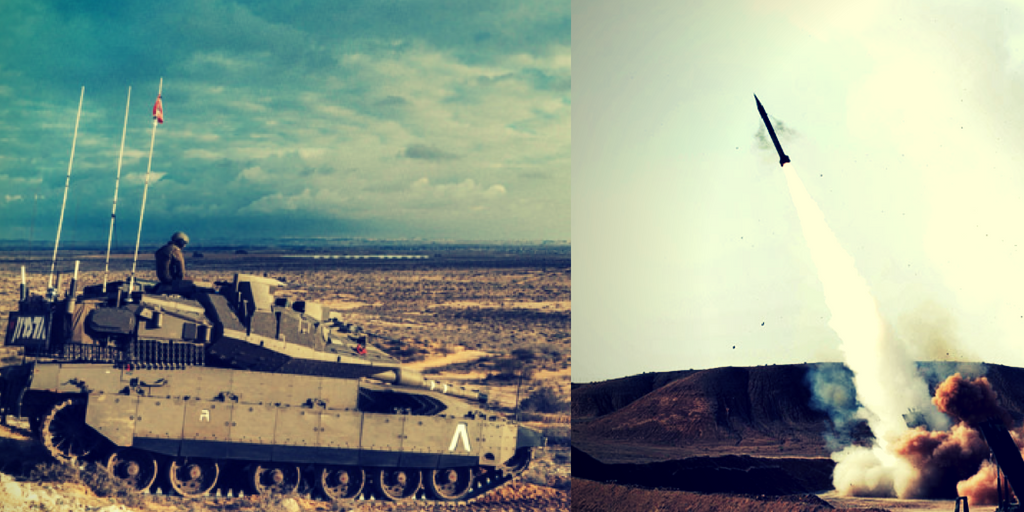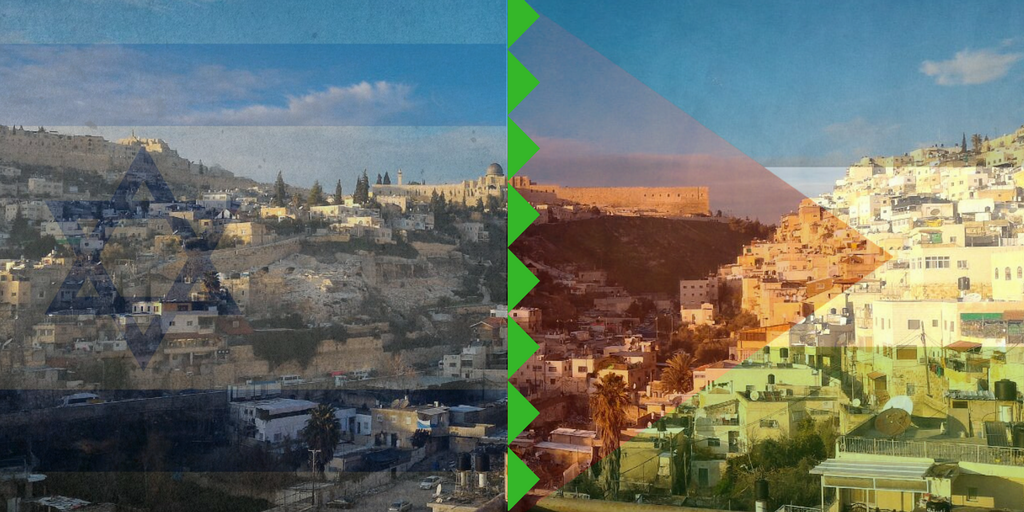Tactical Robotics (a subsidiary of Urban Aeronautics Ltd), based in Yavne. Israel, successfully performed a first “mission representative” demonstration for its lead customer, the Israel Defence Forces. In the demonstration, which took place at the Israel Combat Rescue and Emergency Medicine conference in Megiddo the company presented Cormorant’s capability to be the first UAS system fielded for unmanned casualty evacuation missions.
According to the company’s press release:
“The demonstration showcased the drone taking off with a load of cargo, preforming a pre-planned flight to a specified point of delivery, offloading the cargo, and loading of a specialized, medical training manikin simulating a casualty which was then returned to the point of origin.
A monitor supplied by the IDF’s chief surgeon Trauma Branch (see Tactical Robotics’ May 2017 update) transmits vital information to the crews on the ground, in addition to a video camera for two-way communication with the patient. With the exception of the loading of the ‘casualty’ and off-loading of cargo, the entire simulated mission was performed autonomously.”

